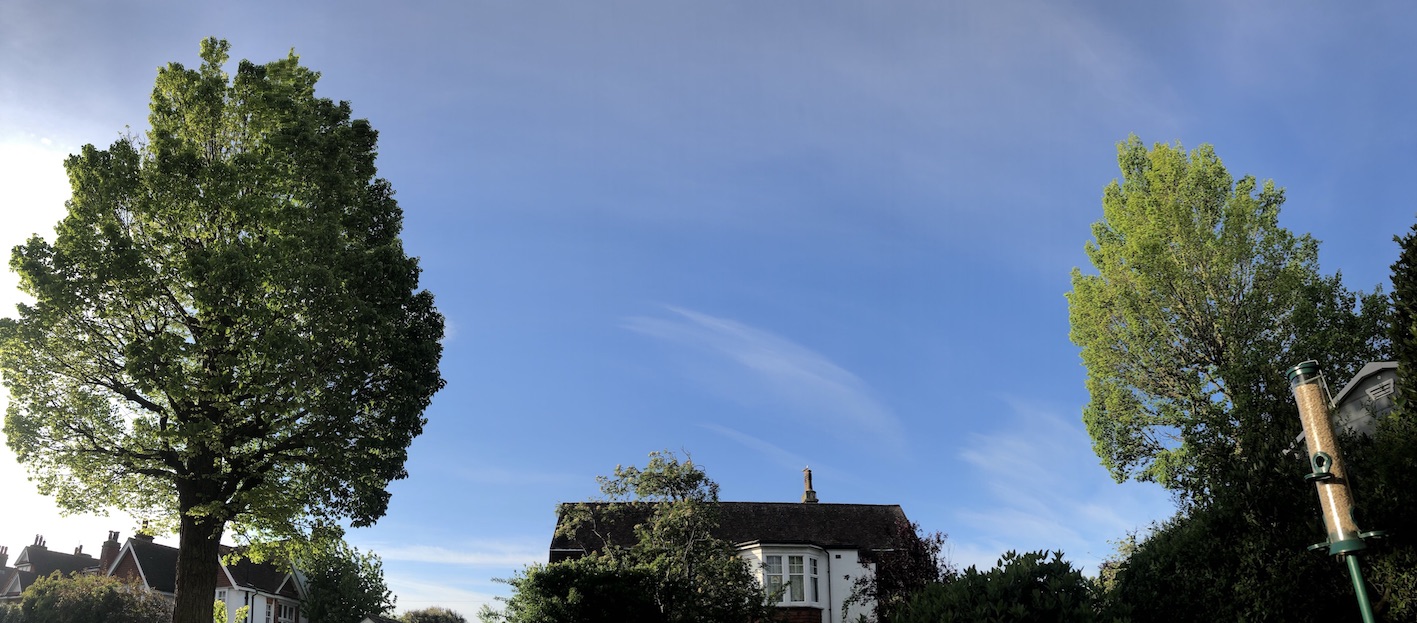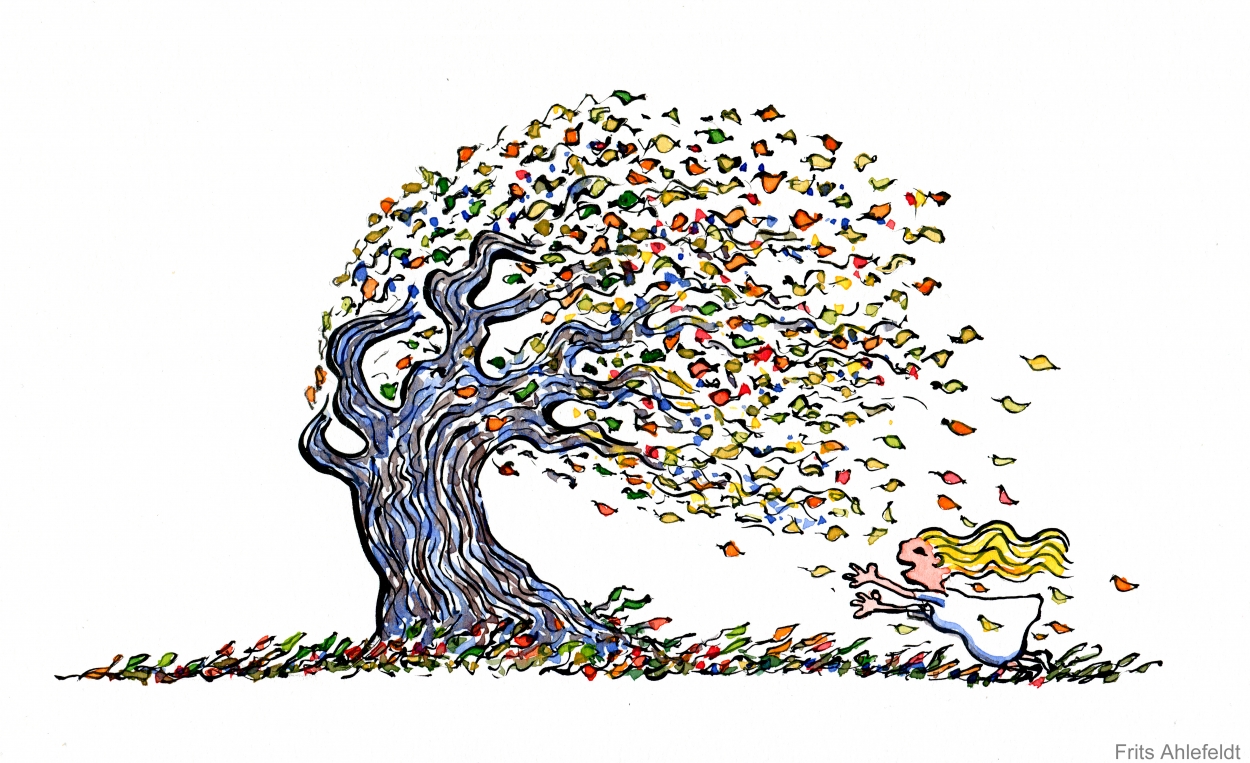 As I sat on the garden bench at the front of my house this morning (flanked by my two tree friends), I was able to tune in to a deeper sense of contentment; this has been somewhat out of reach for me recently. I, like many of those I spoke to last week, felt the ‘lockdown’ had taken a grip; the enormity of the situation we as a planet find ourselves in, the uncertainty of its time frame, and a realisation we don’t feel held by strong leadership. Many feel the present time to be quite dark, dense, and bleak.
As I sat on the garden bench at the front of my house this morning (flanked by my two tree friends), I was able to tune in to a deeper sense of contentment; this has been somewhat out of reach for me recently. I, like many of those I spoke to last week, felt the ‘lockdown’ had taken a grip; the enormity of the situation we as a planet find ourselves in, the uncertainty of its time frame, and a realisation we don’t feel held by strong leadership. Many feel the present time to be quite dark, dense, and bleak.
Having moved our teaching online at the University at the beginning of the lockdown, in place of normal experiential working in the afternoon workshops our trainee therapists have been focused on distinct themes. Since mid-March we have explored aloneness, anxiety, grief, rites of passage, and last week “hope”. The selection of themes has been an organic process – in traversing the “new normal” terrain ideas from experience have emerged, been discussed as a group, and ‘folded back in’ to generate new themes to explore together. I feel the sense of a shared journey with the groups I facilitate, through the ups and downs, the hopes and fears. My meetings with the trainees each week have provided a constant in my life that has undeniably helped keep a sense of ground. Our second year students come to the end of the training this week, and it has felt important to share how much their being alongside has meant to me, and not just as an educator committing to continue ‘learning from the student’.
Before my time on the bench this morning, I had been for an early morning run. Knowing I had some writing time ahead of me today, the run was useful pondering of what was important to write about. Looking back over my week took me to a passage I had read from by Helen Palmer, renowned psychologist and teacher in the enneagram tradition. In ‘getting to know oneself’ Palmer distinguishes between looking deeply at personality versus the awareness that appears when we put personality to one side. This distinction is one I am keenly attempting to explicate in my book writing: how does the Buddhist dharma sit with western psychotherapy? There are other phrases: being vs becoming, or vertical vs horizontal that also capture the Eastern vs Western view. And needless to say, this is an ongoing personal quest.
For me, the dark, dense, and claustrophobic sense within the COVID-19 situation arises when I get caught up in the “story of personality” realm. From a place of fear, I find myself projecting in to the future. My practice has been to recognise this fear, turn toward it with courage and feel in to the space that resides BELOW the story. How to trust that capacity to turn toward and inward, rather than to place reliance on an external situation or some hoped for outcome, a personal koan.
Considering “the call to courage” alongside the idea “hope” in counselling and psychotherapy has therefore been an interesting exploration for me. In the main, the importance of hope is recognised by way of helping clients feel the worth of their existence and that life need not always be experienced as it is now. When we feel the darkness and hopelessness of a given situation or period in our life, it is very powerful to have someone bear witness to our experience and remind us that “this” will change. Such support can help a client learn to tune in to an embodied sense of hope – however that is felt. When I contact hope, I feel uplifted, expansive, and can look up and out toward a light at the end of the tunnel. With clients, even the most hopeless or despairing, when I offer to hold a sense of hope until they can, I am conveying that I remain confident that they can withstand the pain of “now” and can be an agent of their own change; confident that they can come to meet their fear and tolerate the despair.
In the experiential workshop with the students last week, we discussed the importance of distinguishing between hope as a verb and hope as a noun. “I am hoping for…” compared to “there is hope”. A group consensus emerged that the words have a different texture. “Hoping” can feel like handing over the future over to something / someone; whereas to hold “hope” feels more a capacity, a potentiality. The former might be passive, the second invites action and agency. It is one example of how important it is for therapists to interrogate use of language.
I shared with the group the Buddhist take on hope; “the trap of hope and fear” – they come as a couplet, two sides of the same coin; two winds that can blow a tree over if we don’t have deep roots. Buddhist  teacher Chogyam Trungpa would say that hopelessness is actually the key to our path out of suffering and pain; that “we must surrender our hopes and expectations, as well as our fears, and march directly into disappointment, work with disappointment, go into it, and make it our way of life”, which he did concede “is a very hard thing to do”. If we give up hope (which is not quite the same as losing hope) and turn toward despair, we can find our true nature: this goes back to going underneath the story of personality and cultivating awareness of ‘what is’ (rather than hoping what will be). Awareness is the deep root system, our source.
teacher Chogyam Trungpa would say that hopelessness is actually the key to our path out of suffering and pain; that “we must surrender our hopes and expectations, as well as our fears, and march directly into disappointment, work with disappointment, go into it, and make it our way of life”, which he did concede “is a very hard thing to do”. If we give up hope (which is not quite the same as losing hope) and turn toward despair, we can find our true nature: this goes back to going underneath the story of personality and cultivating awareness of ‘what is’ (rather than hoping what will be). Awareness is the deep root system, our source.
Fearlessness is not the lack of fear, it is about going in and through our fear; Likewise, hopelessness is going beyond hope.
If we learn to avoid the trap of oscillating between hope and fear, what remains? How do we meet the reality of now? Trungpa Rinpoche would advocate the Buddhist path because “it doesn’t contain any promises, or doesn’t permit any. It just suggests the basic necessity of working with ourselves, fundamentally, very simply, very ordinarily.” In these current times, I am learning to appreciate the Buddhist emphasis on a genuine sense of hopelessness that evokes real conviction my own ability and potentiality: my own agency in securing liberation my myself (and as a Bodhisattva) and for others. The gap left behind by the dead-end to “hope” needs to be filled with trust and faith in one’s self, in the action of “turning toward” pain. I physically ache when I bring to mind this situation and the impact it has on my loved ones, my clients, my students, the world. All I can do is open to this pain, and that takes courage.
For this, we need support. As I sat on the bench this morning, I felt protected by the twin elms. I watched how they were surrendering to the wind and they encouraged me to do the same. Many of my friends have expressed how much support they are getting from nature right now. Just like how nature is rebounding during the lockdown, we can trust the same for us – we tend to forget we are not different to the trees, the birds etc. Support might also come from mentors – both real life relationships with elders, and also our lineage. I keep bringing to mind how much adversity our ancestors have faced during wars, epidemics, famine and so on. And, each morning as part of my Ngondro practices, I work on receiving the support of the gurus in the Buddhist lineage, they are the role models for developing faith. Chogyam Trungpa Rinpoche again, from his book “The Lion’s Roar”…
“We have completely tired ourselves out, exhausted ourselves beyond our hopefulness. We realize that life is hopeless and that any effort we put in to gain further experience is also hopeless. Then we get into a real understanding of the space between us and our goal. That space is totally and completely full. And that fullness is what is called faith.…Faith here means dedication to and conviction in one’s own intelligence.…You have trust in the basic truth of what you are, who you are.”
